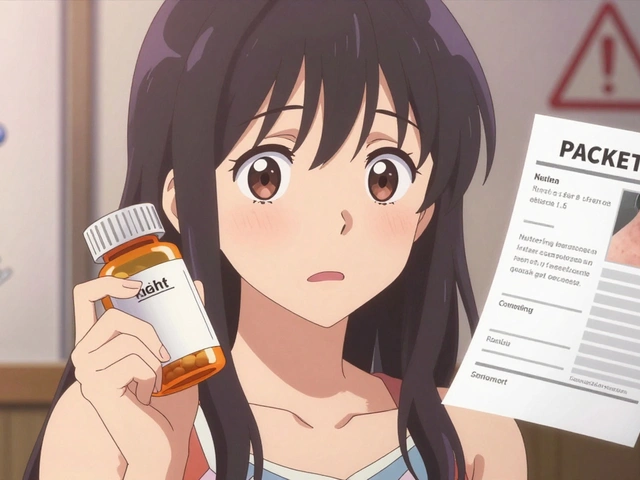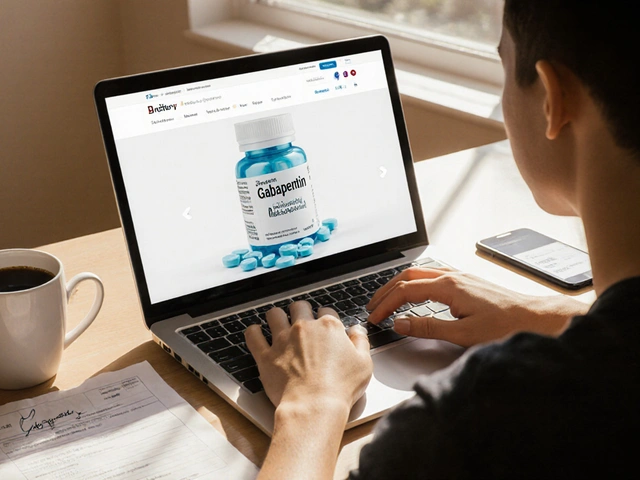High‑Risk Surgery: Essential Facts and Safe Steps
Going into surgery can feel scary, especially when your doctor says it’s a high‑risk procedure. High‑risk surgery means the operation has a bigger chance of complications because of the patient’s health, the type of surgery, or the emergency nature of it. Knowing why it’s risky and what you can do ahead of time helps you feel more in control and can lower the odds of problems.
How Doctors Decide if a Surgery Is High‑Risk
First, doctors look at three big things: your overall health, the surgery itself, and any urgent factors. If you have heart disease, diabetes, kidney problems, or are over 70, your body may handle stress less well. Certain surgeries – like those on the heart, brain, or major blood vessels – naturally carry more danger because they involve vital organs.
Doctors also check labs, heart tests, and imaging to see how well your organs are working. They may ask you about smoking, alcohol, or medicines that could interfere with anesthesia. If the surgery can’t wait (an emergency bleed, for example), the risk level rises because there’s less time to prepare.
All this information goes into a risk score. Tools like the ASA (American Society of Anesthesiologists) classification give a quick snapshot: ASA I means healthy, while ASA IV means severe systemic disease that threatens life. The higher the score, the more careful the team will be.
What You Can Do to Reduce the Risk
Talk to your surgeon and anesthesiologist early. Ask why the surgery is high‑risk for you and what steps they’ll take. Write down any medicines you take – even over‑the‑counter pills or supplements – because some can affect bleeding or anesthesia.
Quit smoking at least two weeks before the operation. Even a short break can improve lung function and cut infection chances. If you drink alcohol, cut back or stop; alcohol can interfere with anesthesia and wound healing.
Follow any pre‑op instructions on eating, drinking, and showering. Some surgeries need a clean skin prep the night before, while others ask you not to eat after midnight. Missing these steps can delay the surgery or raise infection risk.
Stay active as your doctor allows. Light exercise improves circulation and can make recovery smoother. If you have diabetes, keep blood sugar under control – high sugars make wounds heal slower.
Plan for recovery. Arrange help at home, stock up on easy meals, and know the signs of trouble – fever, severe pain, swelling, or trouble breathing. Call your doctor right away if anything feels wrong.
During the operation, the team will monitor your heart, blood pressure, oxygen, and temperature nonstop. They’ll use medicines to keep you comfortable and stable. Modern equipment and experienced staff can catch issues fast, which is why it matters to go to a hospital that does a lot of these surgeries.
After you leave the OR, you’ll go to a recovery area where nurses watch you for a while. Follow all discharge instructions, take prescribed meds exactly as told, and keep follow‑up appointments. Small things like moving around early, breathing exercises, and staying hydrated help prevent blood clots and lung problems.
Remember, high‑risk doesn’t mean hopeless. It just means you and your care team need to be extra careful. By understanding the reasons, asking questions, and doing the things you can control, you give yourself the best shot at a safe surgery and a quick recovery.
Blood clots after surgery can be deadly, especially if you're dealing with diabetes, obesity, or cancer. This article digs into the extra precautions doctors and patients need to consider for preventing dangerous clots in these high-risk groups. From surgical planning to post-op tips, it covers specific strategies that have the strongest evidence. Get real-world advice and learn what questions to ask your surgical team. You'll find data, actionable tips, and a practical resource to protect your health.
Continue reading





